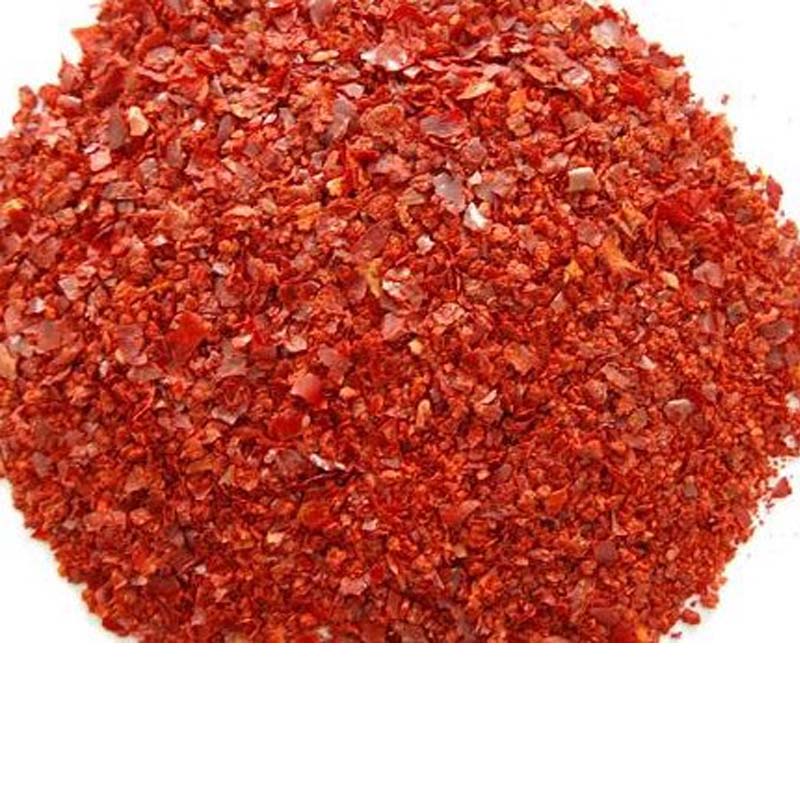- No. 268 Xianghe Street, Economic Development Zone of Xingtai city, Hebei 054001 China
- Byron@hbhongri.cn
Aromatic Mild Paprika for Flavorful Cooking and Vibrant Dishes
The Allure of Mild Paprika A Culinary Delight
Paprika, a vibrant red spice made from ground sweet peppers or chili peppers, holds a special place in kitchens around the world. While there are various types of paprika, mild paprika stands out due to its unique flavor profile that appeals to a wide audience. This article explores the origins, characteristics, culinary uses, and health benefits of mild paprika, demonstrating why it deserves a prominent spot in your spice rack.
Origins and Varieties
The history of paprika dates back to the Americas, where it was first cultivated by indigenous peoples. However, it was not until the spice made its way to Europe, particularly Hungary and Spain, that it became a favorite. Mild paprika, often referred to as sweet paprika, is primarily produced in Hungary, where it is celebrated for its sweetness and vibrant color. The peppers used for mild paprika are harvested at their peak ripeness and dried slowly to preserve their sweet flavor and bright hue.
Mild paprika differs from its spicier counterparts, such as hot paprika or smoked paprika, which can have a fiery kick or a distinct smoky flavor. The charm of mild paprika lies in its ability to enhance dishes with a rich, sweet undertone without overwhelming spice. Its bright red color adds not only flavor but also visual appeal to a variety of recipes.
Culinary Uses
The versatility of mild paprika makes it an essential ingredient in many cuisines. It is a key component in traditional dishes such as Hungarian goulash, where it adds depth and sweetness to the hearty stew. Additionally, it plays a crucial role in Spanish cuisine, featuring prominently in dishes like paella and chorizo.
Mild paprika can be used in a multitude of ways, including
1. Seasoning and Marinades Sprinkle mild paprika over meats, poultry, or fish before grilling or roasting. It infuses the dish with a subtle sweetness and a beautiful color.
paprika mild

2. Soups and Stews Incorporate mild paprika into soups, stews, and sauces for a hint of flavor without the heat. It can elevate the overall taste and add visual appeal.
3. Vegetable Dishes Dust roasted or sautéed vegetables with mild paprika to enhance their natural flavors. It works particularly well with potatoes, carrots, and bell peppers.
4. Egg Dishes A dash of mild paprika can elevate simple egg dishes, such as scrambled eggs, omelets, or deviled eggs, giving them a pop of color and flavor.
5. Garnish Use mild paprika as a garnish on creamy dishes, like dips and spreads, or sprinkle it atop finished dishes for a vibrant touch.
Health Benefits
In addition to its culinary uses, mild paprika offers several health benefits. It is rich in antioxidants, particularly carotenoids, which contribute to eye health and may help reduce inflammation. Furthermore, mild paprika is a good source of vitamin A, essential for maintaining healthy skin and vision. Its natural sweetness can also help reduce the need for added sugars in certain recipes, making it a healthier choice in many cases.
Conclusion
Mild paprika is more than just a colorful spice; it is a versatile culinary ingredient with a rich history and numerous health benefits. Its sweet flavor and beautiful hue can transform a simple dish into something extraordinary. Whether you’re a seasoned chef or a novice cook, incorporating mild paprika into your meals can enhance flavors and add a touch of warmth to your cooking. So, the next time you reach for your spice rack, consider the allure of mild paprika and let it inspire your culinary creations.
-
Turmeric Rhizome Powder: A Golden Treasure from Roots to TableNewsJul.28,2025
-
The Versatile Application Of Crushed Red Hot Peppers: Lighting Up The Red Flames On The Dining TableNewsJul.28,2025
-
The Paprika: A Touch Of Vibrant Red In Color, Flavor, And CultureNewsJul.28,2025
-
Ground Turmeric: A Modern Examination of an Ancient SpiceNewsJul.28,2025
-
Capsicum Liquid Extract: Features, Applications, and ChallengesNewsJul.28,2025
-
Application of Capsicum Liquid Extract in FoodNewsJul.28,2025







